This looks like it doesn't have any resistor built in – which really means it can be fine if driven with a constant 12 V (or lower) and if the individual LEDs (this is a multi-LED chip) are well-balanced and meet their specs exactly.
If that's not the case, you can get into trouble. LEDs are semiconductor devices. When they heat up, they conduct better, leading to more current, leading to more heat, leading to thermal runaway.
So, it would be a wise idea to actually limit the current through that LED to what the specs say for a maximum: 350 mA (the fact that the spec sheet says "mAh" doesn't inspire any confidence in the seller's abilities at understanding what he's selling).
I'll add a bit of safety margin and go for: the max current should be 300 mA.
Now, let's look at what means you'd have to limit current:
- Linear voltage/current controllers: These are nice and easy, but they'll need to drop some 0.7 V to 3 V, just to be able to regulate. That way, you'd never be able to run the LED at the spec'ed 12 V (only at V_bat-V_drop, i.e. max 11.3+ V for a fully charged battery)
- Switch-Mode Buck/boost converters: much more complicated, but your broken module seems to have something like that, so it's quite possible to use such circuitry. I'll rule this out here – if you wanted to go that route, you'd much rather have bought a 3V / 1.2A module rather than a 12 V / 300 mA module.
- since linear regulation doesn't work (see above), we might just as well use simple resistors. So, let's say that we guess (we have to guess, since what you've bought doesn't come with a proper datasheet, please don't buy stuff without data sheets) that at 10.8 V the LEDs would be happy to draw 180 mA (lower value from the product page) and at 14 V (what I'd assume is the max value to expect from a slightly overcharged battery) max 300 mA. So, from that upper value, we get that over the resistor would be a voltage drop of 14 V - U_LED = 2 V, and divide that by the 300 mA current, we get R_min = (2/0.3) Ω = 6.67 Ω. At the 180 mA, that resistor would still have a drop of 1.2 V, which feels "tolerable" for a 12 V LED. Again, this is all total guesswork, because you've bought something without a datasheet.
Don't buy stuff without datasheets. There's enough European (I think you are in Germany, Denmark, Sweden or Benelux) distributors that can sell you stuff at reasonable prices with a datasheet that has the least necessary information, such as current/voltage curves and thermal properties. You'd get something that a distributor is willing to sell you without risking their reputation. That makes a lot of difference. Reichelt,Farnell,Mouser,Transfer Multisort Europe, and many more

